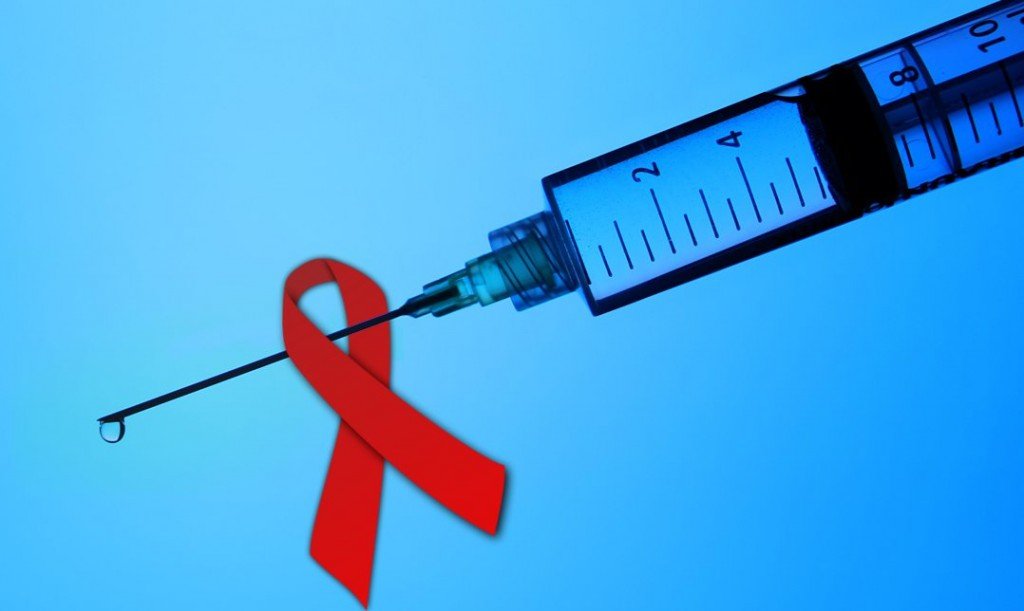Reports of an HIV-positive baby cured of their infection have generated much discussion in the medical community, but questions remain about how meaningful the single success will be to the millions of AIDS sufferers around the world.
 A Mississippi infant, who was confirmed to be HIV-positive, was treated with anti-retroviral drugs immediately after birth, and the treatment continued for 18 months. The child is now two-and-a-half years old and has been off medication for about a year with no signs of infection.
A Mississippi infant, who was confirmed to be HIV-positive, was treated with anti-retroviral drugs immediately after birth, and the treatment continued for 18 months. The child is now two-and-a-half years old and has been off medication for about a year with no signs of infection.
The case was announced by Dr. Deborah Persaud, a virologist at Johns Hopkins University in Baltimore, at the Conference on Retroviruses and Opportunistic Infections in Atlanta on Sunday.
You can read more about the case on the NZ Herald, Radio NZ and Stuff.co.nz news sittes
Our colleagues at the UK SMC collected the following expert commentary. Feel free to use these quotes in your reporting. If you would like to contact a New Zealand expert, please contact the SMC (04 499 5476; smc@sciencemediacentre.co.nz).
Prof Jonathan Ball, Professor of Molecular Virology at the University of Nottingham, said:
“It is difficult to comment accurately as it is unclear how the baby was diagnosed as being HIV positive. If the baby was tested for the presence of virus (using a genome detection assay), and not too early after birth, and has subsequently been shown to be negative then this is good news.
“However, the preference should always be to prevent so-called vertical transmission – where a mother passes HIV to her unborn child – in the first instance, by diagnosing infection in the mother and then treating it effectively during pregnancy.
“Using HIV drugs to prevent infection following exposure to the virus isn’t new, but it’s difficult to know on a case by case basis if it worked. Not every exposure to HIV results in a new infection – it’s like playing Russian roulette; only one chamber contains a bullet – so if you remain HIV negative you don’t know if you cleared the virus or simply didn’t get infected in the first place.”
Dr John Frater, University Research Lecturer and Honorary Consultant Physician at Oxford University, said:
“The reported cure of a child infected with HIV-1 has created much excitement amongst physicians and researchers into HIV eradication. The case appears to be one in which an HIV positive child was treated within hours of birth with potent anti-HIV drugs.
“Normally, when an HIV positive patient stops therapy the virus comes back very quickly – this did not happen for this child. The researchers have looked for virus in the blood plasma and cells but could not find any convincing sign of on-going infection. They have concluded that the early therapy has somehow led to the eradication of the virus from the child – a cure.
“However, two questions remain. Was the child really infected; and is this ‘cure’ going to be sustained? The researchers have some convincing evidence for the former, however only time will tell if the virus will eventually come back. They have used very sophisticated tests to look for virus in the blood, but it can also hide elsewhere in the body.
“The message for the research community, though, is a strong one – if patients can be identified very soon after infection, there may be a therapeutic approach that can induce this form of ‘remission’ or ‘cure’ on a wider basis. On-going research in Oxford and more widely across the UK through the CHERUB collaboration – the UK’s platform for HIV cure research – will hopefully provide further answers to these questions over the next few years.”
Professor Peter Piot, Director of the London School of Hygiene & Tropical Medicine and former Executive Director of UNAIDS, said:
“This is great news and a proof of concept that curing HIV infection is a possibility – even if much more research will be needed to make a cure a reality for patients. Provision of antiretroviral drugs during pregnancy has proven effective in preventing HIV transmission from mother to child, and this could be the first case in which the virus has been shown to be eliminated within a baby born with HIV infection.
“In terms of the wider picture, however, it is clear that AIDS will be with us for generations to come. Despite the more widespread availability of antiretroviral drugs, incidence of infection is still on the increase in several parts of the world, and it is vital to co-ordinate efforts at effective prevention as well as treatment.”
Genevieve Edwards, Director of Health Improvement at Terrence Higgins Trust, said:
“This is interesting, but the child will need careful ongoing follow-up for us to understand the long-term implications and any potential for other babies born with HIV. In the UK we already have a programme of ante-natal screening for HIV, which means that there are very few babies born with the virus. Expectant mothers with HIV are given anti-HIV treatment during pregnancy which together with a low-risk caesarean and no breastfeeding means their babies have a 98% chance of being HIV negative. But this could be of interest where mothers to be are diagnosed with HIV during labour rather than pregnancy.
“The roll-out of anti-retroviral therapy across the developing world has both saved the lives of individuals living with HIV, and also had a real impact on the rates of mother-to-child transmission. In this context, it would seem that success lies in making antenatal testing available and then giving the drugs to the mother to prevent the child getting HIV, rather than hoping the drugs will cure the baby once born HIV positive. But for those babies born with the virus, this may be significant.”